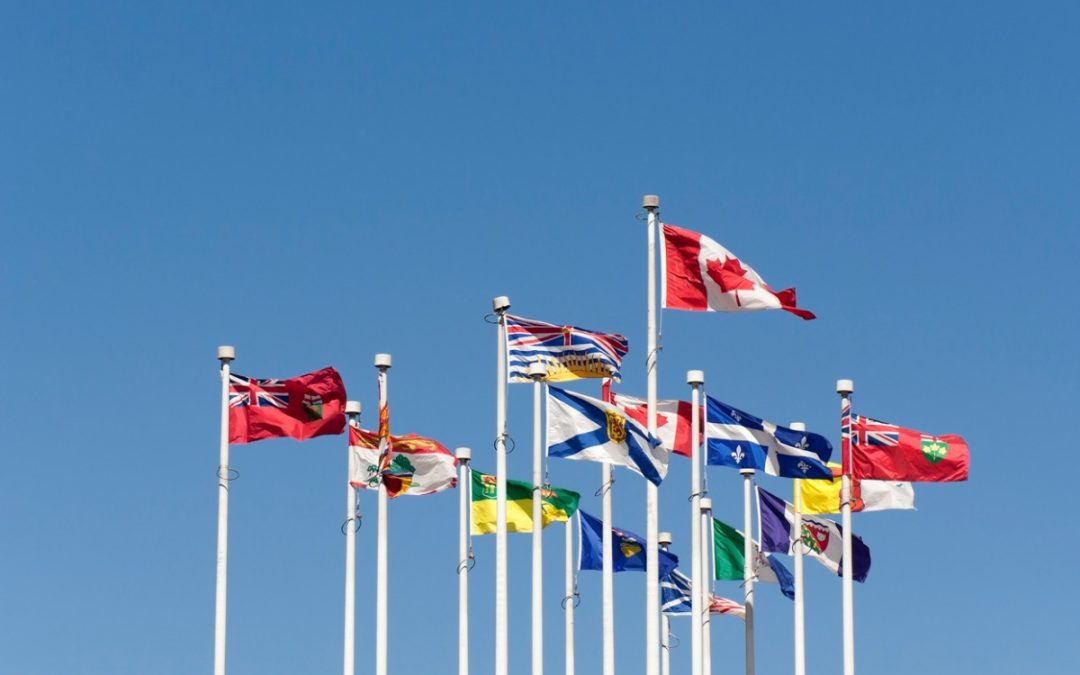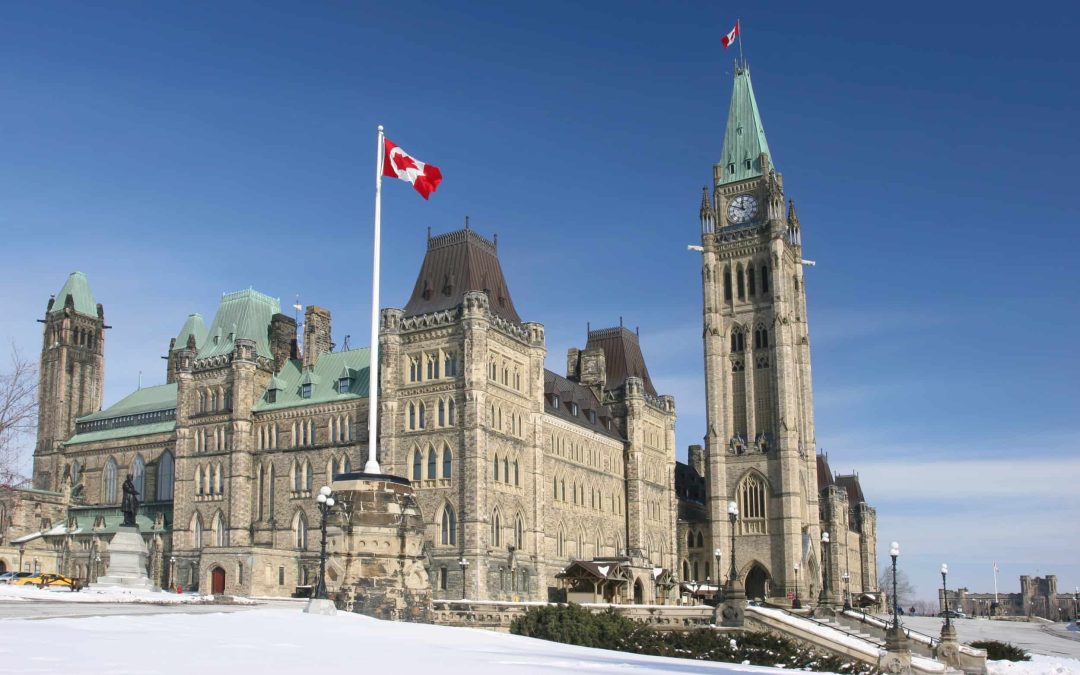
Financial tips for international students – Before and after arrival
Aug 13, 2024 | Blog, Immigrate to Canada, Immigration, In the News, New Immigration Programs, Temporary Foreign Workers, Where to seek help
As an international student, the Canadian government mandates that you have adequate financial resources to support yourself during your studies.
According to Immigration, Refugees, and Citizenship Canada (IRCC) guidelines, you’ll need $20,635 (or $15,278 if studying in Québec) to cover your living costs, including rent, food, and tuition. This amount is based on 75% of the low-income cutoff (LICO) determined by Statistics Canada.
While this may seem daunting, the financial tips below can help you prepare both before you leave your home country and after you arrive in Canada.
Financial Preparation Tips for International Students in Canada: Before Arrival
Start Saving in a High-Interest Account:
Begin by saving money in a high-interest bank account in your home country. Once your savings are ready, transfer them into a Guaranteed Investment Certificate (GIC) to improve your chances of securing a student visa or study permit in Canada.
Explore the Student Direct Stream:
Look into Canada’s Student Direct Stream program, which can expedite your application process.
Step 1: Open a Guaranteed Investment Certificate (GIC):
Canada offers a variety of banks where you can open a GIC, with “the big five” being the most reputable. These banks include:
- Bank of Montreal (BMO)
- Canadian Imperial Bank of Commerce (CIBC)
- Royal Bank of Canada (RBC)
- Toronto-Dominion Bank (TD)
- The Bank of Nova Scotia (Scotiabank)
Deposits in these banks are insured up to $100,000 by the Canadian Deposit Insurance Corporation. Your money earns interest while you wait to arrive in Canada.
Step 2: Plan for Life in Canada:
Canada’s climate varies widely across the country, from the rainy weather of British Columbia and Nova Scotia to Toronto’s humid summers and Montreal’s snowy winters.
Living costs also differ by location, including expenses for rent, food, and tuition. Upon your initial arrival, your GIC funds will provide at least $4,127 CAD ($3,016 CAD in Quebec), with a fixed monthly payout of $1,376 CAD ($1,005 CAD in Quebec).
Rent Costs:
Rental prices in Canada vary significantly, with an average of $2,193 across the country. A one-bedroom apartment in Vancouver, BC, could cost as much as $2,653, while in Saskatoon, SK, the average is $1,183.
To find affordable housing, consider working with your university or college’s student union, financial aid office, or housing office.
Food Costs:
According to a Dalhousie University study, the average monthly grocery expense for a woman aged 19-30 is $292, while it’s $529 for men in the same age group.
Other Expenses:
- Utilities: $100-$200 per month (if not included in rent)
- Internet: $50-$125 per month
- Mobile phone: $50-$120 per month
- Additional expenses: clothing, dining out, transportation, etc.
Creating a budget is essential. Many banks offer budgeting apps to help you manage your finances.
If you plan to work part-time, you’ll need a Social Insurance Number (SIN). To get a SIN, your study permit must indicate that you are allowed to work in Canada.
Financial Tips for International Students: After Arrival in Canada
Step 3: Open a Canadian Bank Account:
To avoid international banking fees, open a bank account in Canada. Whether you’re paying rent, transferring money, or depositing your GIC withdrawal and first paycheque, having a Canadian bank account simplifies your financial life.
You can open an online account from your home country with some digital banks like EQ Bank, Neo Financial, or Tangerine. However, additional documentation might be required to finalize your account after arriving in Canada.
Required Documents to Open a Bank Account:
- Proof of ID: Canadian driver’s license or valid passport
- Permanent Resident card or relevant IRCC forms (e.g., IMM 1000, IMM 1442, IMM 5292)
- Proof of entry into Canada
- A document card with your photo from select provincial authorities
What to Consider When Choosing a Bank Account:
| Category | Details |
|---|---|
| Account Type | Chequing for daily expenses or Savings for earning interest, or both. |
| Monthly Fees | Fees may be waived for newcomers for the first 12+ months. |
| Transaction Limits | Check for limits on free transactions and fee differences for in-branch vs. online transactions. |
| International Transfers | Many accounts offer free transfers initially. Check fees and exchange rates post-intro. |
| Debit Card & ATM Access | Consider the bank’s ATM network size and fees for using other ATMs. |
| Branch Network | Check the bank’s branch network and proximity to your location. |
| Interest Rate | Compare interest rates and look for newcomer bonus rates. |
| Credit Card Access | Determine if a credit card is available without a Canadian credit history. |
| Cash Rewards | Some banks offer cash bonuses for opening a chequing account. |
| Discounts on Products | Opening an account may provide discounts on services like car loans or financial advice. |
Many Canadian banks offer special packages for newcomers:
- BMO’s NewStart program: Free chequing for one year, then $16.95/month (waived with a $4,000 balance).
- TD’s New to Canada Banking Package: Free for one year, then $16.95/month (waived with a $4,000 balance).
- CIBC’s Welcome Package: No-fee banking for two years, but no credit card.
- RBC’s Newcomer Advantage: Free for one year, $11.95/month thereafter (reduced with bundled products).
- Scotiabank’s StartRight program: No-fee banking, unlimited transactions, and a $1,000 credit card limit while you’re a student.
Step 4: Build Credit with a Credit Card:
Establishing a good credit score is essential in Canada. It can help you secure better rates on loans, access better housing options, and even earn discounts on bills.
- Debit Card: Comes with your bank account but doesn’t build credit.
- Prepaid Credit Card: Functions like a debit card but doesn’t help build credit. Consider KOHO, which offers a budgeting app and a credit builder tool for a fee.
- Secured Credit Card: Requires a deposit as collateral and helps build credit. Some cards, like the Neo Financial card, offer cashback.
- Unsecured Credit Card: The traditional credit card, which helps build credit and may offer rewards like cashback or travel points. Some banks offer cards specifically for newcomers.
Examples of newcomer credit cards:
- Scotiabank Scene+ Visa: Up to $5,000 credit limit, plus 5,000 Scene+ points as a welcome bonus.
- RBC Cash Back Mastercard: 2% cashback on groceries with no annual fee.
- BMO No-Annual-Fee Options: Several choices with welcome offers like bonus points or cashback.
- MBNA True Line Gold Mastercard: Low interest rate (8.99%), but with a $39 annual fee.
Bundling Financial Products:
Bundling your checking account, savings account, and credit card with one bank can save money on fees and earn more rewards. For instance, some banks offer a Student Banking bundle with up to $640 in welcome bonuses and savings.
Step 5: Save More, Spend Less, Invest the Rest:
Adopt the motto: “Save more, spend less, invest the rest.” For example, instead of dining out, consider staying in and investing the money saved. Early investments, thanks to compound interest, can accelerate your path to financial freedom.
While it’s important to manage finances wisely, don’t forget to enjoy your life in Canada. After all, your financial well-being should also contribute to your overall happiness.






 Useful Resources for Canada
Useful Resources for Canada
 Useful Resources for U.S.
Useful Resources for U.S.
 Our Local Immigration Services
Our Local Immigration Services